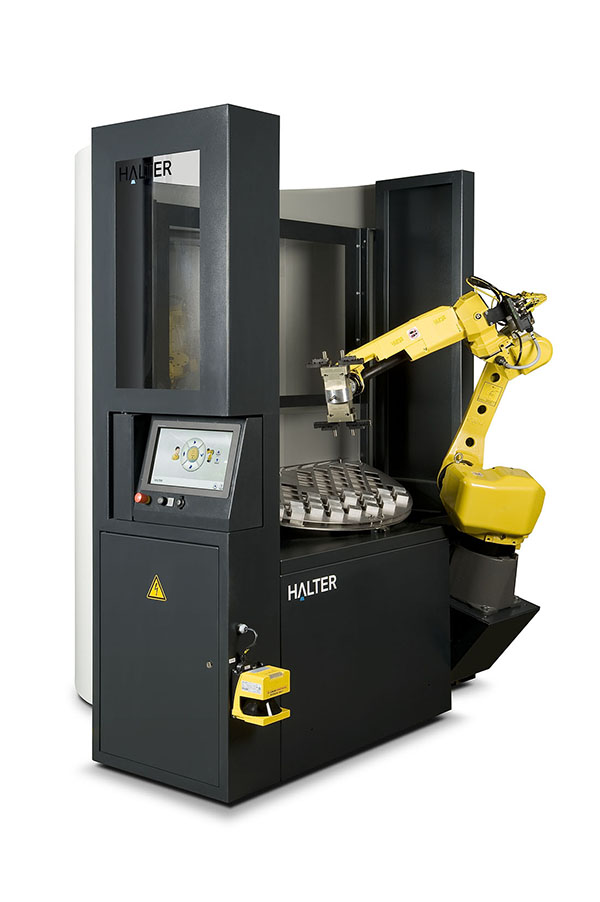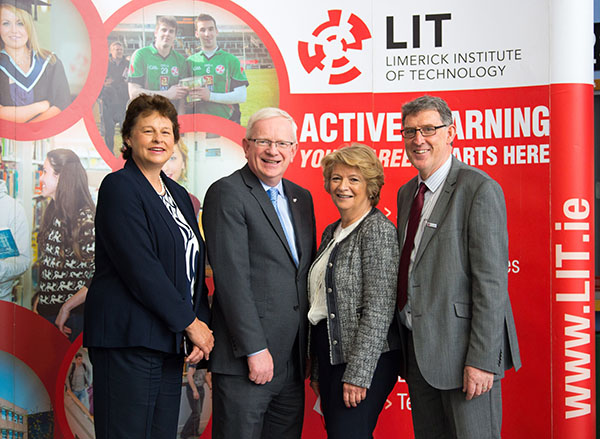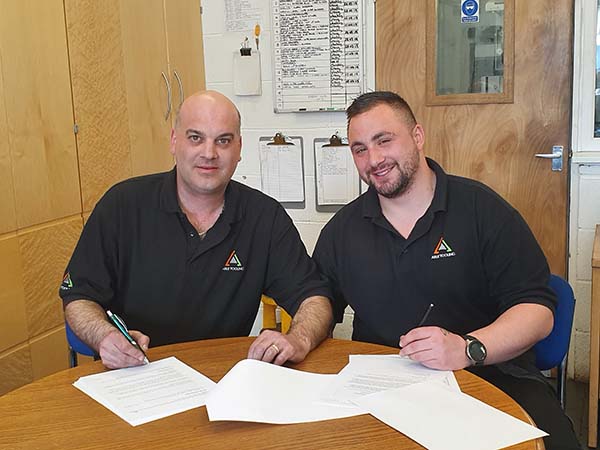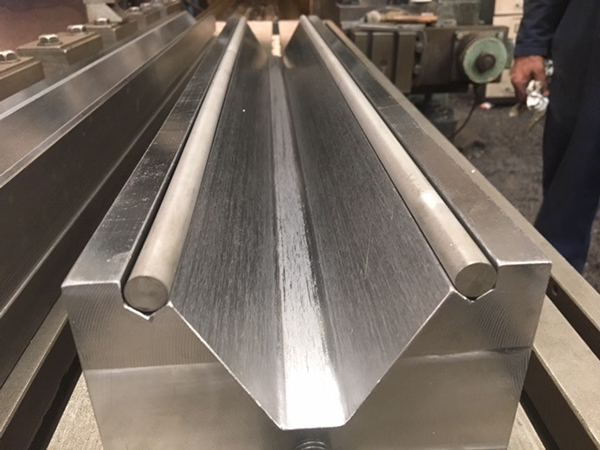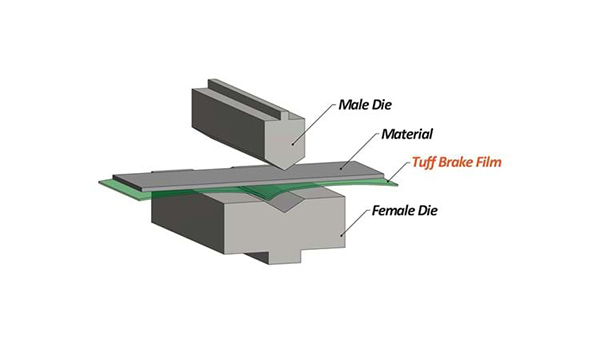Ashmores Press Brake Tooling Ltd is celebrating 100 years of serving the metal-forming industry. Formed on 26 April 1919, Ashmores Press Brake Tooling is a small family firm and the longest established manufacturer of press brake tooling in the UK.

The company was set up by Harold Ashmore and his wife Harriet to make bedstead fittings, before the foundry side of the business was developed for engineering castings. The firm was taken over by James Weaver in 1930, which subsequently led to the production of castings for the machine tool industry.
In 1950, Danny Weaver entered the business and became managing director in 1963, a move that led to the establishment of a machine shop to complement the existing foundry business. Through its strong links with the machine tool trade, Ashmores subsequently began to manufacture press brake tools on a subcontract basis for companies such as Bronx Engineering.
In 1983, Danny Weaver’s son Guy entered the business, becoming managing director in 2000. The severe economic downturn in the early 1980s led to much-needed further diversification. As a result, the company started to market press brake tools directly to companies, rather than on a subcontract basis.
A century after its formation and Ashmores is still flourishing, manufacturing tools for a range of industries, including the computer, light fitting, supermarket shelving, shipping container and motorway barrier sectors. In addition, the company has recently supplied a new set of tools to M-Sport, the Ford Rally team, from which it will manufacture many specialist parts. Together with guillotine blades, both new and re-ground, Ashmores believes that it has the ability to serve the metal-forming industry for many more years to come.
For further information www.pressbraketool.co.uk







